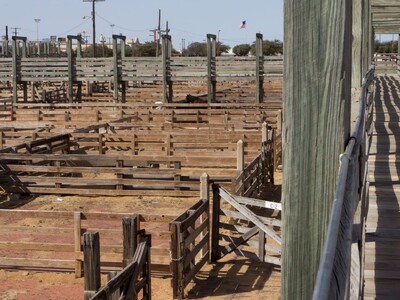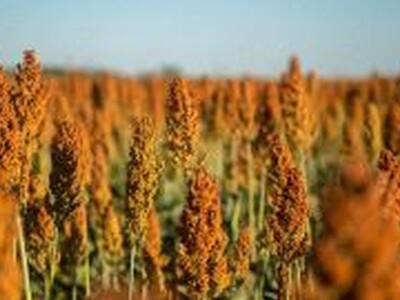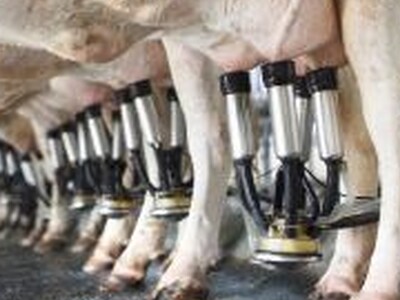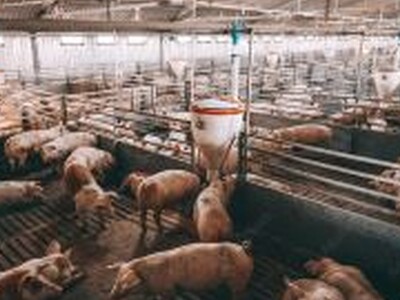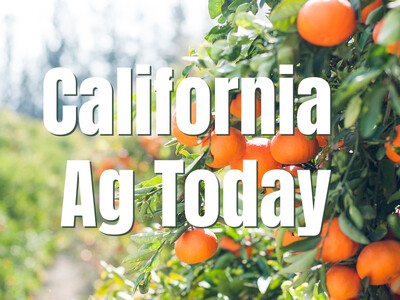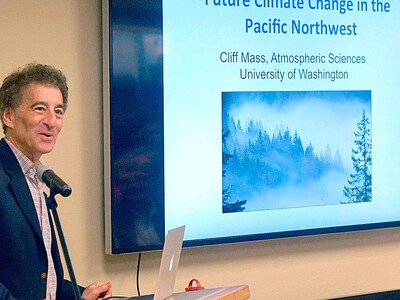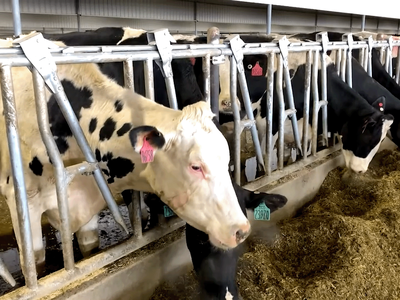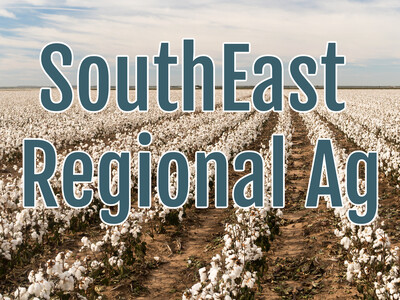Haboob tragedy
Dry August winds often stir up dust clouds in farm fields but 2014 was exceptional. Haboob is an Arabic term defining a type of intense dust storm carried on an atmospheric current. On Aug. 12, an enormous, miles-wide which was reminiscent of those from the Dust Bowl era, descended upon eastern Washington. Two weeks later, another dust cloud caused a 50-car pile-up in the southern part of the state, sending multiple people to the hospital and shutting down Interstate 82. That's not all that can happen in terms of catastrophic events according to Jim Armstrong who works for the Spokane County Conservation District in Washington State: "In our own dust storms in August, we had cattle killed. We had livestock that was killed, suffocated. But the real catastrophe is the fact that we just lost a whole bunch of production capacity. The only thing that we have two grow and we just lost it. It blew away. That's the tragedy. We can produce more livestock but we can't produce any more soil. It takes 1000 years to make an inch of soil."Research shows that for every tillage operation where the soil is disturbed, up to a half inch of moisture is lost. One way to dramatically reduce soil erosion and it's more sustainable is through No-till farming, the practice of placing the next crop's seed and fertilizer into the ground through the previous crop's stubble or residue. When farmers using conventional tillage techniques are working the ground, the tractors and drills kick up dust. Substitute 40- to 50-mph winds in place of the tractor and drill, and soil erosion increases exponentially. Combine several hundred thousand acres of farm land and 50 mph winds and you have a haboob.




